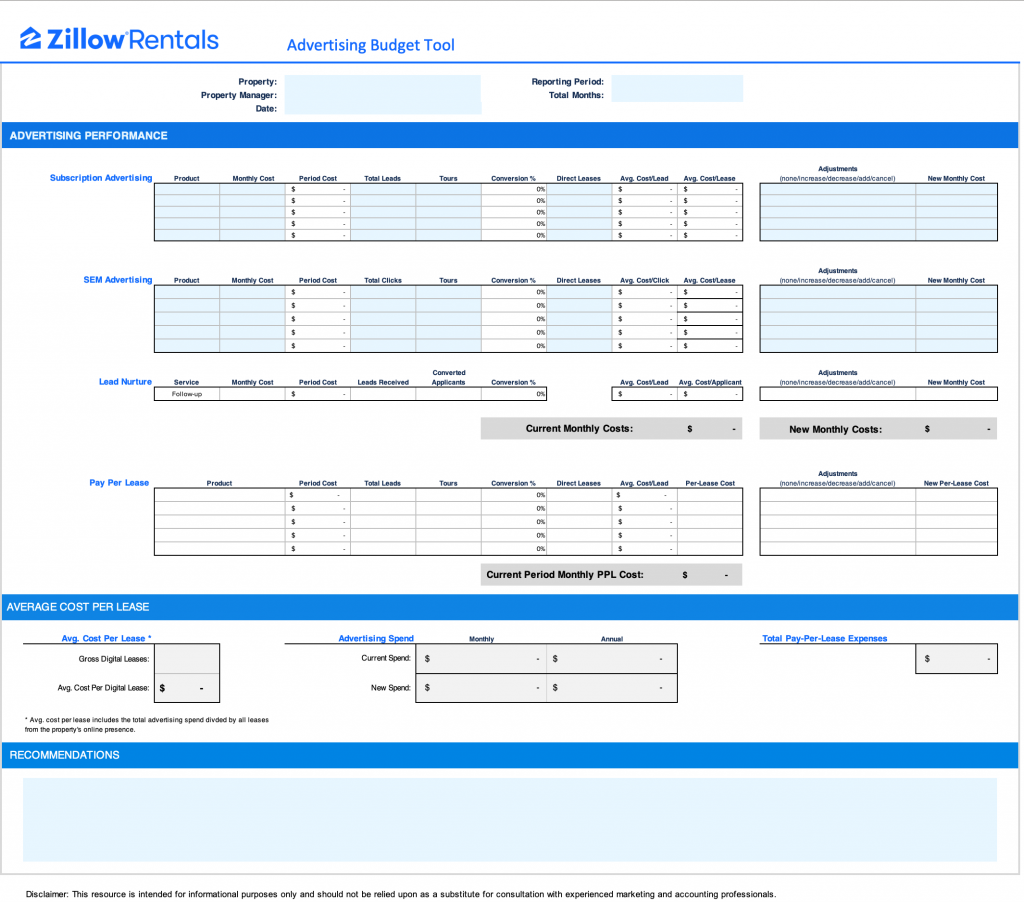Busting Common Myths About Pay-Per-Lease Advertising

September 6, 2019
2 min read
Pay-per-lease advertising is often misunderstood, largely due to its too-good-to-be-true premise: You only pay for a signed lease after confirming the source of that resident’s first contact. With everything you might have seen and heard about the pay-per-lease model, how do you separate perceptions from reality so you can tell if it’s right for you?
Here are three common pay-per-lease myths debunked.
Myth 1: Pay-per-lease is always a manual process
Truth: It depends on the partner
Guest cards can be pushed directly to your property management system through a straightforward integration that’s approved by your software company. They’re populated with all the information you need to get started with nurturing the prospect. With automated guest cards, you get clear traffic reporting, reduced duplicates and more time for your leasing staff to focus on other tasks.
Zillow Group’s pay-per-lease solution works with your own property management software to guarantee first-touch lead attribution.
Myth 2: Pay-per-lease is hard to budget for
Truth: Pay-per-lease is just a different way to budget
Your advertising budget is already allocated but not spent. While in the peak of leasing season, your pay-per-lease advertising spend might increase, but you end up saving more by decreasing vacancy loss. Slower months offset the difference; the dollars simply roll over and there is no wasted spend. Overall, you’ll get a consistent ROI — one based on quality versus quantity — and data-based proof to justify your marketing spend.
For example, the cost for a 12-month lease agreement might be:
$400 cost-per-lease on a $12,000 lease value ($1,000 x 12 months) = $11,600 ROI
The vacancy loss calculation for this same lease would be:
10 available apartments x average rental rate of $1,500 = $15,000 in potential
monthly vacancy loss
Download our budget calculator using the form to the right to easily add pay-per-lease advertising to your budget.

Myth 3: I have to fight for every lease match claim I make
Truth: The right pay-per-lease model identifies first-touch attribution
An integrated pay-per-lease advertising model delivers time-stamped guest cards that clearly identify where each first touch originated so attribution is never in question. That means you don’t need to reward (or suspect) residents who say they used a certain internet listing service, knowing they’ll get a gift from you for doing so. The right pay-per-lease model also uses your own data to match prospective renters to your properties so you know where to attribute move ins.
The Zillow Group Consumer Housing Trends Report 2018 reveals that nearly 3 in 4 renters (73%) use online resources to find a home, so the source they cite on their guest card might not be the actual one that sent them to you.
Zillow Group’s pay-per-lease solution precisely attributes your signed leases and gives you confidence that your Zillow Group spend is working.
Connect with us!
Learn how Zillow Rentals can help you reach your goals.
Stay informed. Stay ahead.
Access exclusive industry insights, market trends, and expert tips. Subscribe now to receive quarterly Zillow Rentals newsletters!